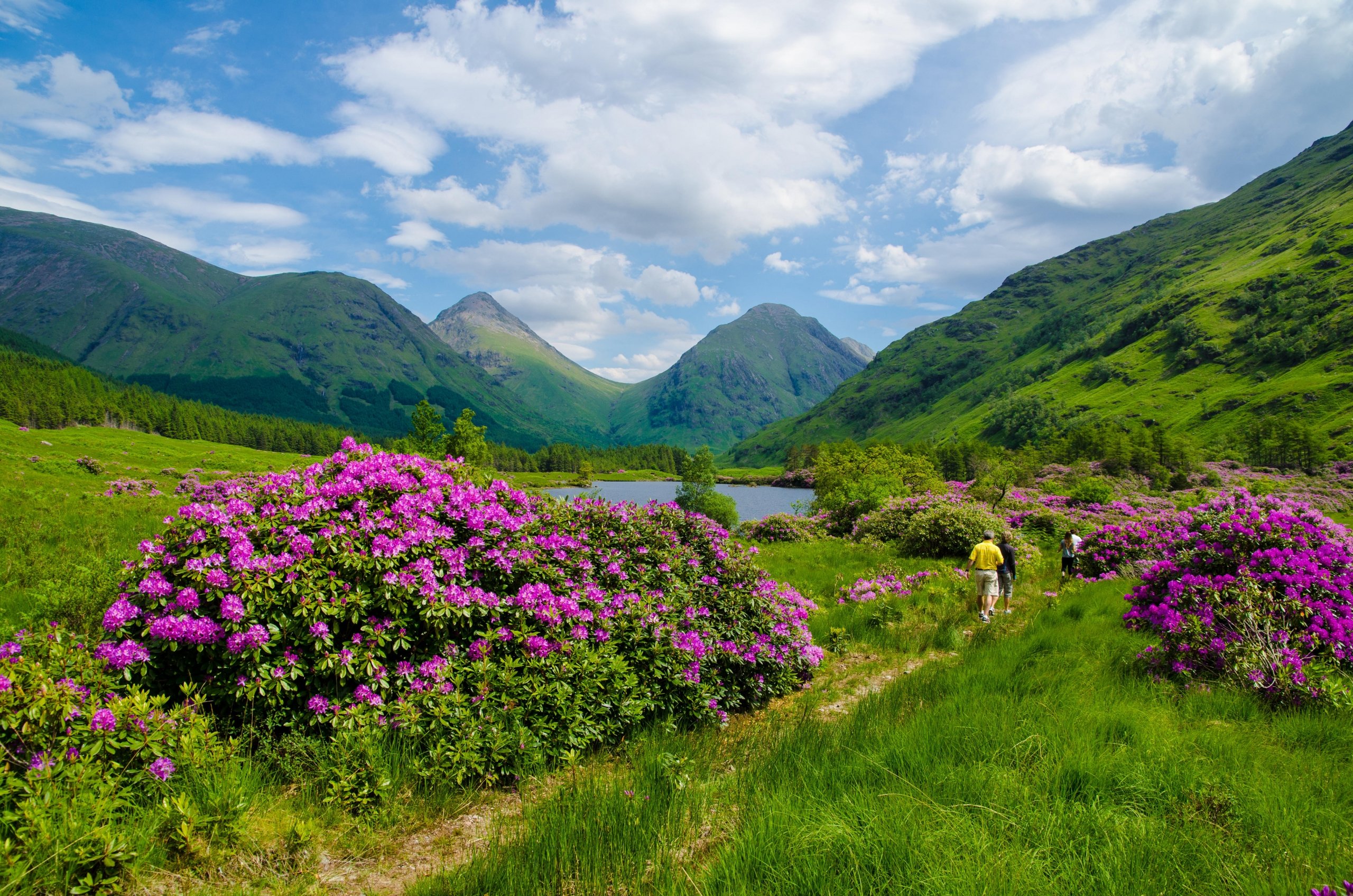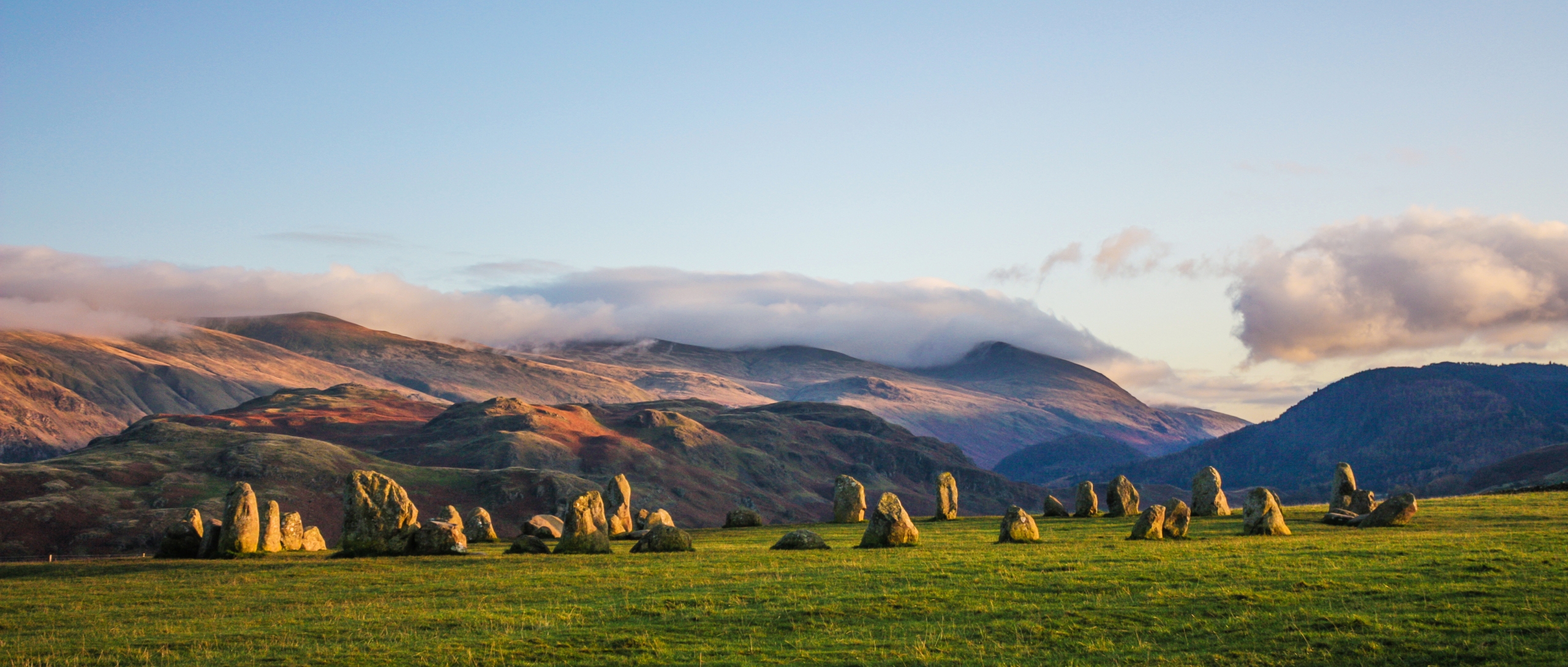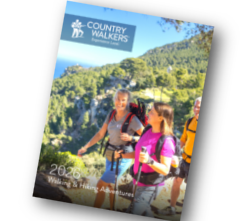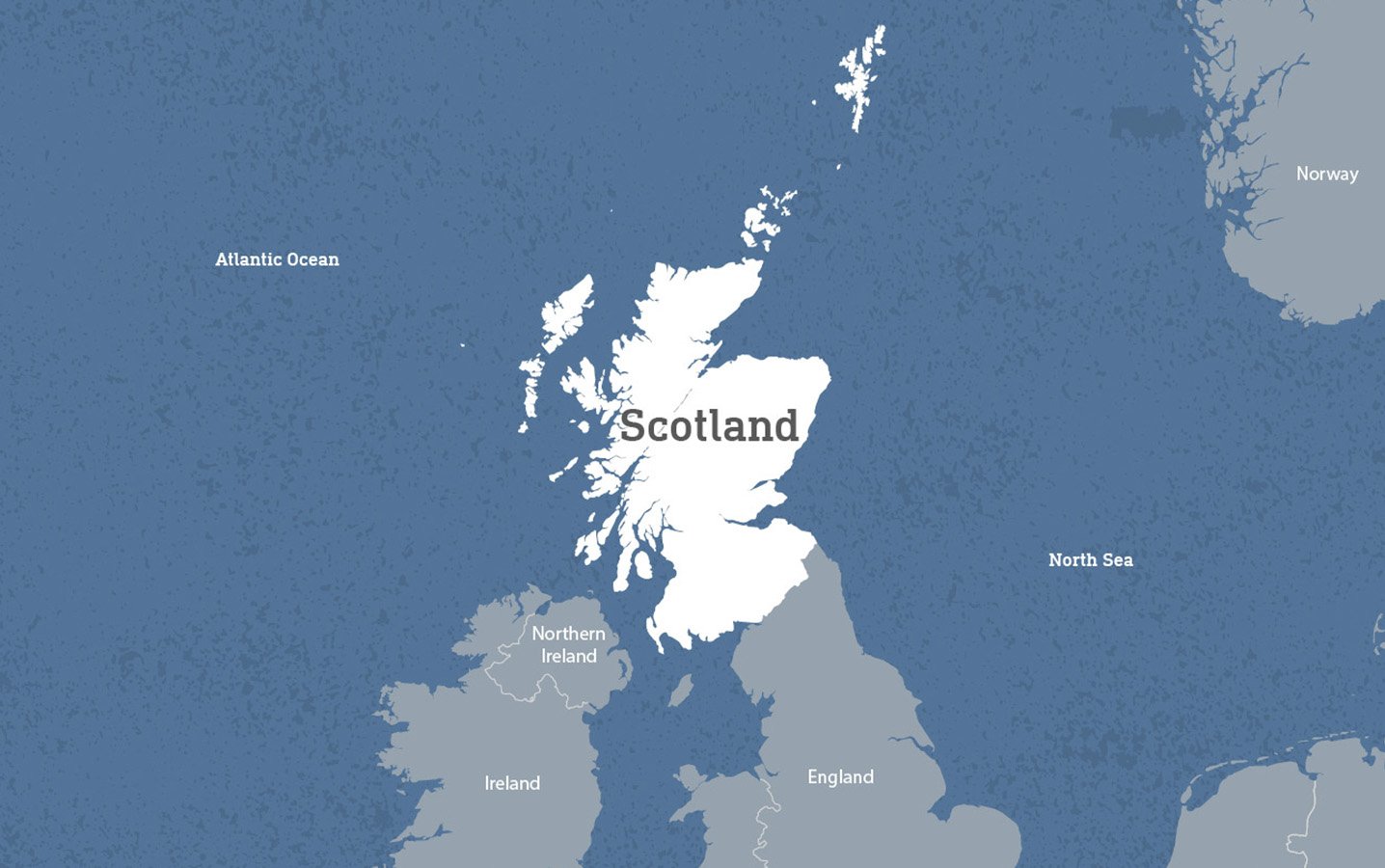
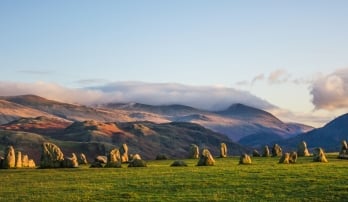
England & Scotland: Lake District to Edinburgh
Guided Biking
If you’re looking for a cycling trip to England and Scotland that takes you far from the madding crowd, this is the one! With VBT’s insider access to remote corners of the British Isles, we’ll lead you over hill and dale through some of the most coveted regions of England and Scotland.
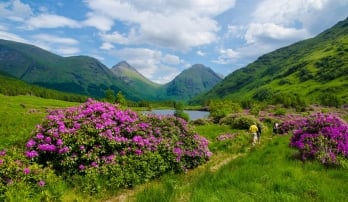
Scotland: The Highlands
Guided Walking
While many walking tours of Scotland miss out on the magic of Glencoe, this Country Walkers adventure lets you experience this breathtaking corner of the Scottish Highlands in all its pristine glory. With included visits to Glasgow and Edinburgh, the beauty of the Highlands is contrasted by Scottish sophistication.
Discover Scotland
When you embark on your hiking tour of Scotland, you’ll encounter ancient abbeys, famous castles and mystifying caves, as well as the welcoming smiles of the Scottish people, proud to share the joys of a country where hospitality is king. Scotland’s gentle lowlands, coastal paths and rugged mountain Highlands appear to hikers very much today as they have throughout the country’s dramatic history, a panorama of geological diversity and natural beauty that has touched the hearts and imaginations of generations of travelers.
Pass over the sloping hills of the Quiraing and explore the steeper rocky trails of The Storr on Scotland’s famed Isle of Skye. Lunch at one of numerous local pubs with sweeping loch views, where you can sample fresh local cuisine like cullen skink —smoked haddock and potato soup paired with whiskey-infused mussels.
Explore the vast array of castles, distilleries and native wildlife at Cairngorms National Park, where over 280-kilometers of footpaths span moor and woodland, riverside and loch edge. The sheer scale and natural splendor of Scotland’s walkable territory makes it one of the most diverse and adventurous places you’ll ever explore on foot.
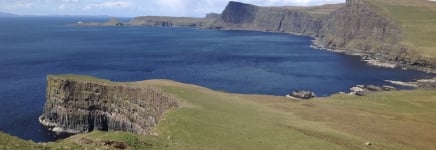
Country Highlights
- Explore ancient castles and learn about the centuries-old clans that called them home.
- Hike through forests of ancient pines, past verdant pastures, and alongside shimmering lochs.
- Learn about the exploits of Rob Roy MacGregor, a noted Highland outlaw.
- Cap off your days of walking with a soothing dram of single malt whisky.
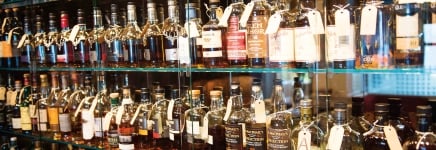
Today’s Rain, Tomorrow’s Whisky
Smooth and strong, the origins of Scotch whisky trace back centuries. Join us for a tour of the Blair Athol Distillery, one of the oldest in Scotland, with its rich and full-bodied character, and a key component of Johnnie Walker, the World’s bestselling Scotch.

Put on Your Dancing Shoes
Equal parts traditional music, dancing and storytelling, no day of hiking is complete without an evening spent at a cèilidh (pronounced ‘kay-lee’), a spirited communal party that offers a true glimpse into the Scotland’s fun-loving soul. Scotland’s largest cèilidh is the Highland Annual, held every March in Edinburgh.
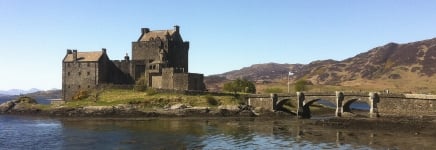
Structures Untouched by Time
There once stood over 4,000 castles across Scotland, and the hundreds that remain for you to explore each offer a fascinating glimpse into the past. Fortresses like Eilean Donan Castle in the Highlands —constructed in the 13th century— encourage visitors to explore, whether it’s taking in views atop its main tower to observing their myriad portraits and historical artifacts.
Expert Local Leaders
Experience your destination like an insider with people who call it home.

Chris Berry
After completing a degree in zoology, Chris Berry began work as a Countryside Ranger in Nottinghamshire (Robin Hood Country) before moving to the East Coast of Yorkshire to manage portions of the spectacular Heritage Coast. In 1997 he obtained his dream job working as Lake District National Park Ranger. He lives with his wife Colleen and their two daughters in the isolated Bobbin Mill Cottage in the southern Lake District where he now runs his own business as “The Lakeland Guide,” offering walks and other activities in the surrounding national park.
Stories from Scotland
View All Stories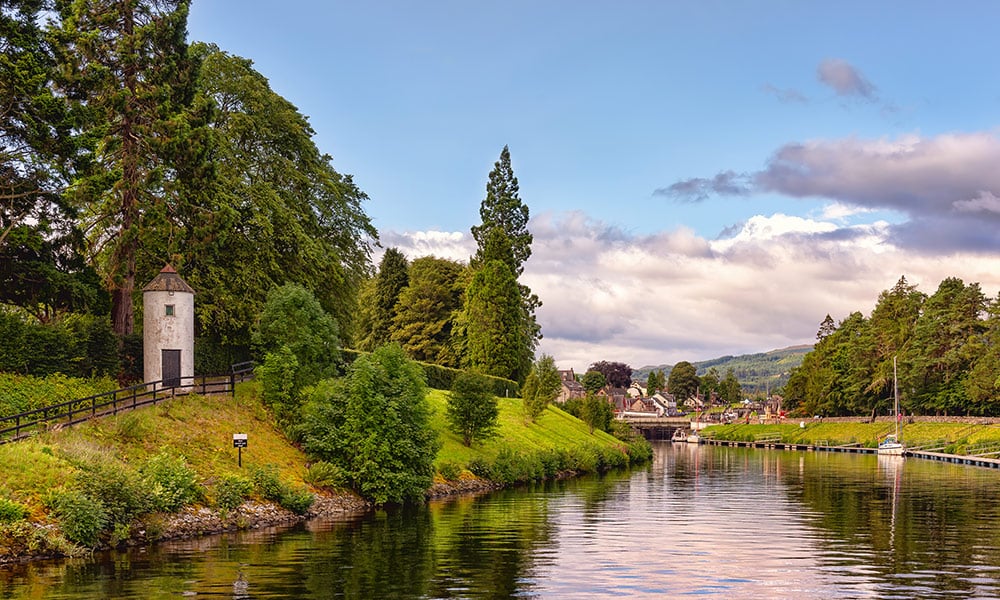
The Ultimate Scottish Highlands Tour...on Your Terms
When you set out on the Country Walkers Scotland: The Scottish Highlands & Cairngorms National Park Self-Guided Tour, the spirit of independence is beautifully balanced with the reassurance of support....
Read Story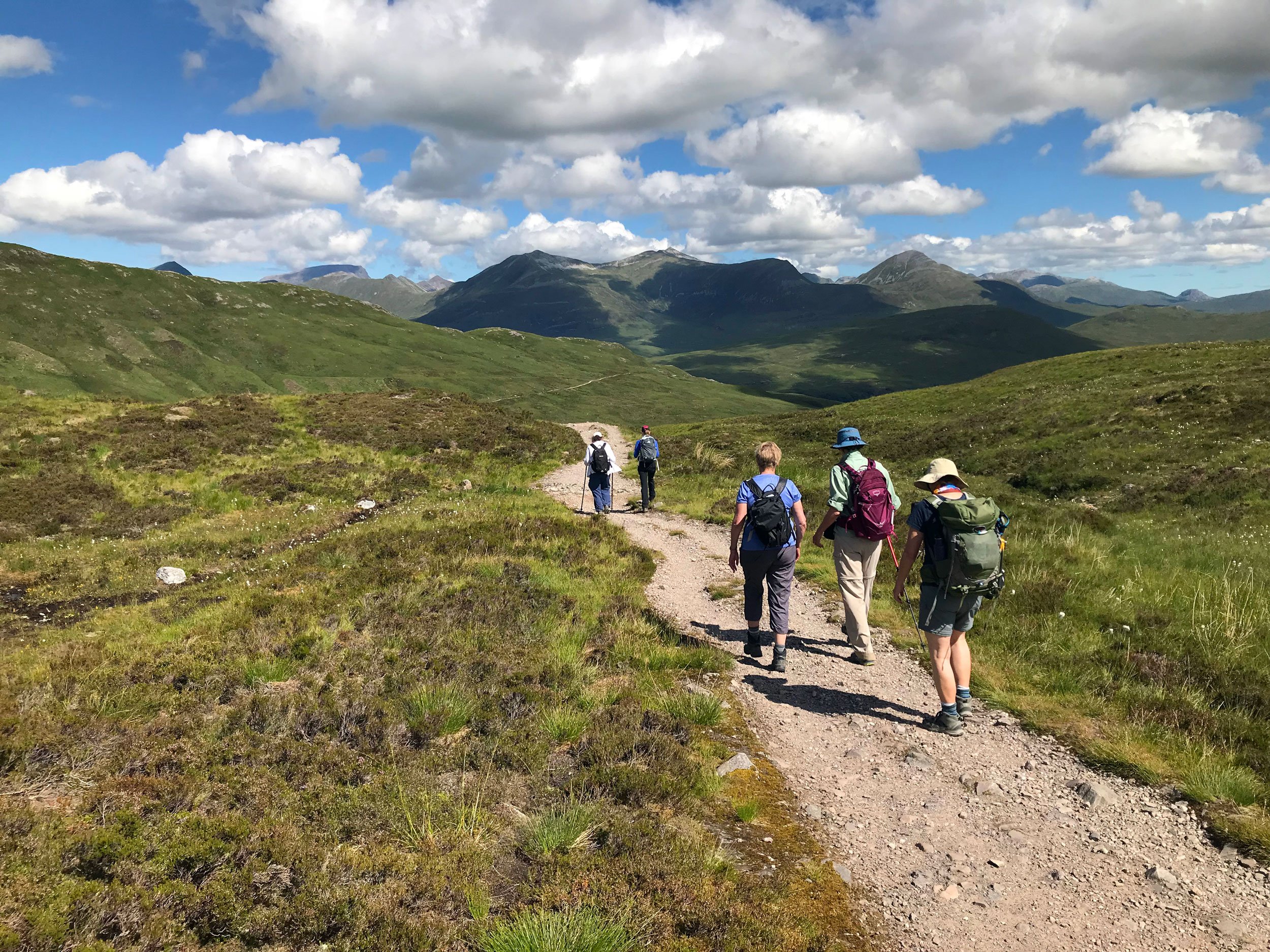
A Family Trip to Scotland Brings the Generations Together
Putting together a group vacation with family from all around the country has its logistical challenges—and that’s where Country Walkers Tour Consultants can really help....
Read Story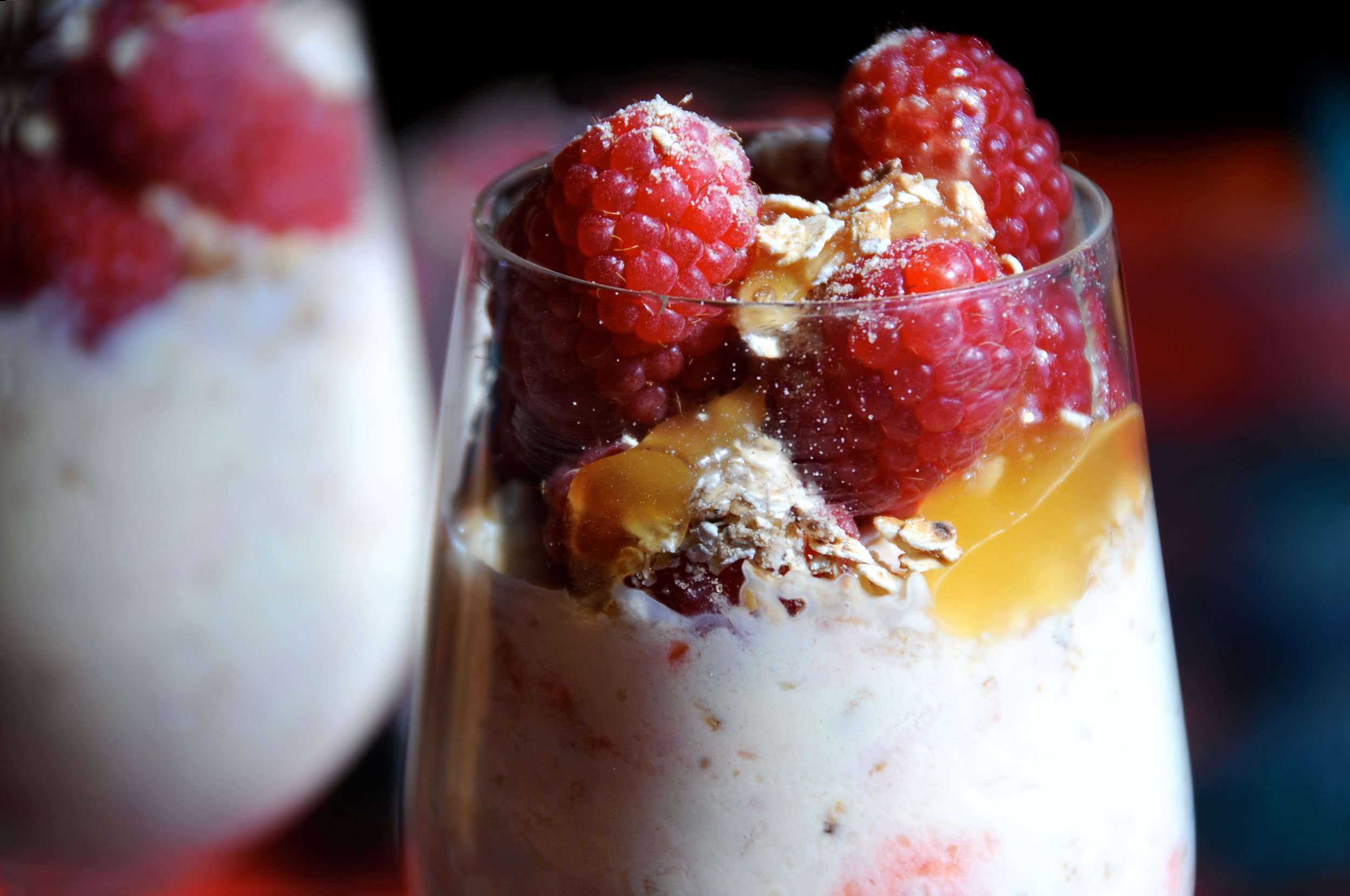
A Taste of Scotland to Serve at Home
When you travel with Country Walkers, you can always rely on discovering authentic local cuisine. To give you a sample of these down-home flavors, we asked some of our local...
Read StorySpeak with a Tour Consultant
Have questions? We’re here to answer them.
Mon-Fri 8:30 a.m. to 6:30 p.m. ET
Be the First to Get News & Special Offers



